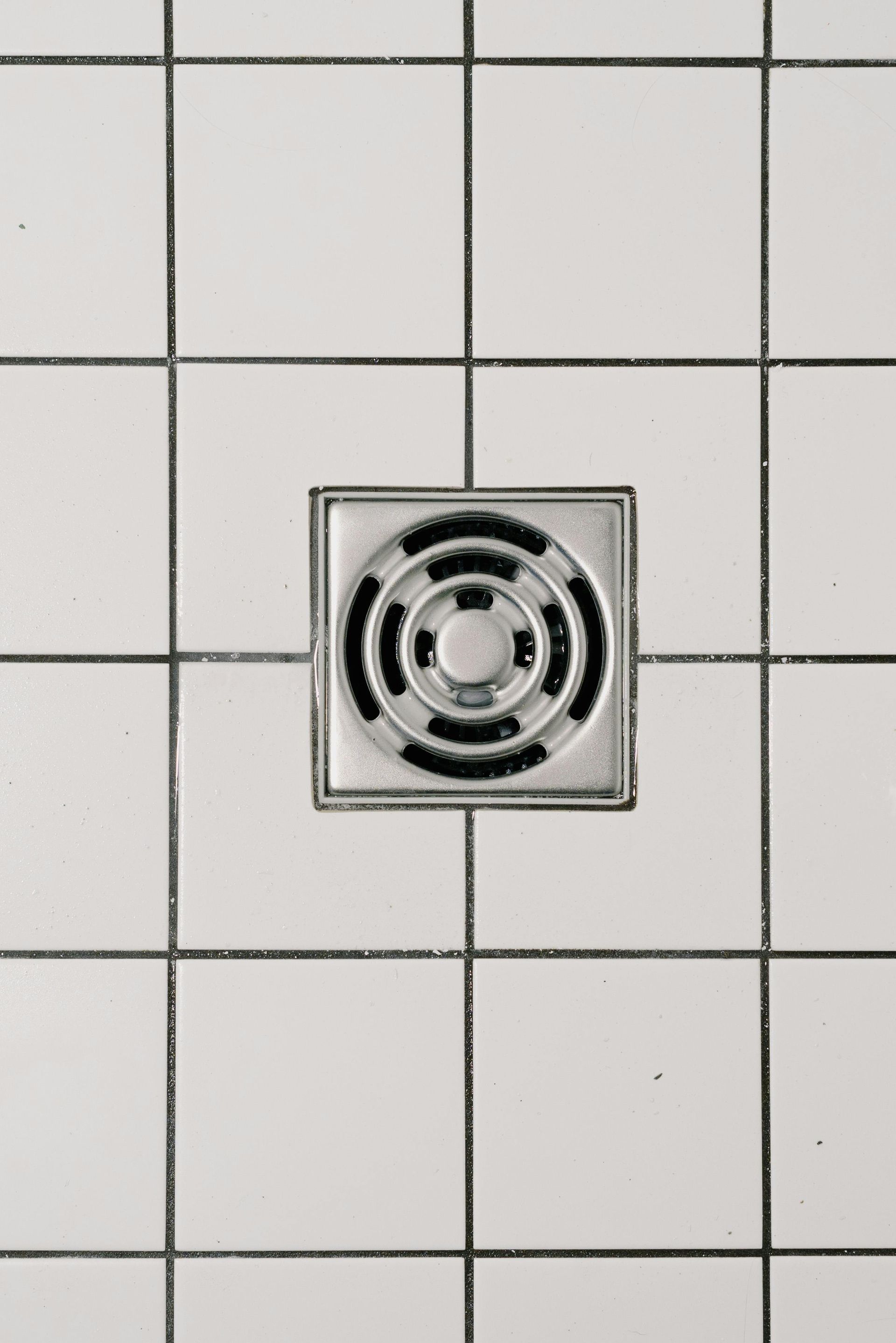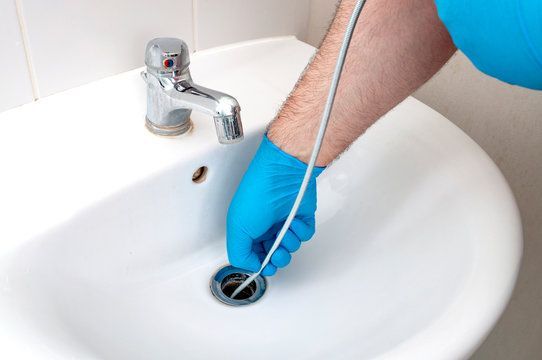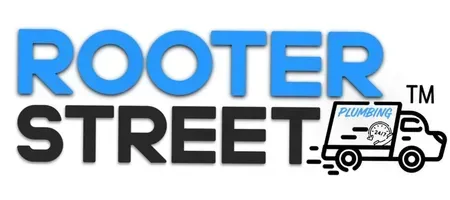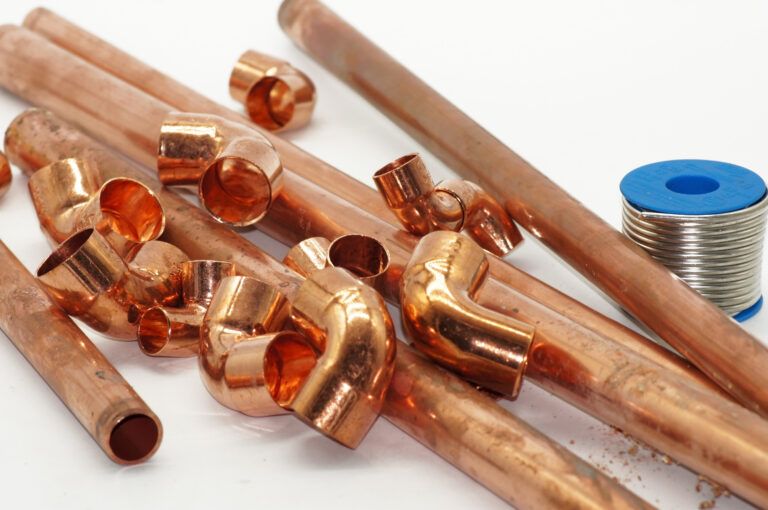Preventative Drain Maintenance
tyler higgins • April 10, 2019
Tips For Preventing Common Drain Issues

Keep your home in top shape with regular maintenance and professional care. A small leak can grow into a major problem if you don't take care of it quickly.
“Modern cynics and skeptics… see no harm in paying those to whom they entrust the minds of their children a smaller wage than is paid to those to whom they entrust the care of their plumbing.”
– John F. Kennedy
1. Regular Cleaning and Maintenance
- Use Drain Screens or Strainers: Install screens or strainers over sinks, showers, and tubs to catch hair, food particles, and other debris before they enter the drain.
- Clean Screens Regularly: Empty and clean the screens or strainers frequently to prevent buildup.
- Flush with Hot Water: Periodically flush drains with hot water to help dissolve grease and soap scum that might accumulate.
2. Avoiding Problematic Substances
- Dispose of Grease Properly: Never pour grease, fats, or oils down the sink. Instead, collect and dispose of them in the trash or use a grease disposal system.
- Use a Trash Bin for Food Waste: Avoid putting food scraps, coffee grounds, and other solid waste down the kitchen sink. Use a compost bin or trash can instead.
- Be Cautious with Chemicals: Avoid using chemical drain cleaners regularly as they can damage pipes over time. Opt for natural or enzymatic cleaners if needed.
3. Regular Inspections
- Check for Slow Drains: Regularly monitor your drains for any signs of slow drainage. Address issues early before they become major clogs.
- Inspect Pipes for Damage: Periodically check visible pipes for signs of wear, leaks, or damage that could contribute to clogging.
4. Professional Maintenance
- Schedule Routine Professional Cleanings: Arrange for professional drain cleaning and inspection at least once a year. This helps remove buildup that regular cleaning might miss.
- Consider Hydro-Jetting: For more thorough cleaning, hydro-jetting can be used to clear stubborn debris and buildup from pipes.
5. Use Natural Drain Cleaners
- Baking Soda and Vinegar: Regularly use a mixture of baking soda and vinegar to clean and deodorize drains. Pour a cup of baking soda followed by a cup of vinegar down the drain, let it sit for 15 minutes, then flush with hot water.
- Enzyme Cleaners: Use enzyme-based cleaners that break down organic materials in drains. These are often safer for pipes and the environment.
6. Preventive Practices
- Run Water After Use: Run hot water down the drain after using sinks and showers to help flush away any residual debris.
- Educate Household Members: Make sure everyone in the household understands what should and shouldn’t be put down the drains.
7. Pipe Insulation
- Insulate Pipes: In colder climates, insulate pipes to prevent them from freezing and potentially cracking, which can lead to blockages and other issues.
8. Address Root Intrusions
- Maintain Trees and Shrubs: Ensure that tree roots do not intrude into sewer lines. Regularly check for signs of root intrusion and address them promptly with professional help if needed.
By implementing these preventive measures, you can significantly reduce the likelihood of clogs and maintain a smooth-running plumbing system. Regular maintenance and mindful usage are key to keeping your drains in good condition.
You might also like

By tyler higgins
•
September 5, 2024
Initial Preparation Gather Tools: Prepare necessary tools and materials such as a plunger, plumbing snake, bucket, gloves, and cleaning agents (e.g., baking soda and vinegar). Protect the Area: Place a bucket or towels under the drain to catch any water or debris that may spill out. Use a Plunger Plunge the Drain: For Sinks: Block the overflow hole with a wet cloth to ensure effective suction. Place the plunger over the drain and push down firmly, then pull up quickly. Repeat several times. For Toilets: Ensure the plunger completely covers the toilet drain. Use similar plunging motions as for sinks, applying steady force. Try a Baking Soda and Vinegar Solution Mix Solution: Pour 1 cup of baking soda followed by 1 cup of white vinegar down the drain. Let it sit for 15-30 minutes to break down organic matter and grease. Flush with Hot Water: After the solution has sat, flush the drain with hot water to clear out any loosened debris. Use a Plumbing Snake Insert the Snake: Manual Snake: Insert the end of the snake into the drain and turn the handle clockwise to navigate the clog. Continue feeding the snake until you feel resistance break. Electric Snake: For more severe clogs, an electric snake can be more effective. Follow the manufacturer’s instructions for use. Clean the Trap (P-Trap) Remove the Trap: Place a bucket underneath the trap (the curved pipe under the sink) to catch any water. Use a pipe wrench or pliers to loosen the nuts and remove the trap. Clean the Trap: Remove any debris or buildup inside the trap. Clean it thoroughly with water and reassemble it. Check for Blockages: Ensure that there are no blockages in the pipe leading to the trap and that everything is reassembled correctly. Use a Plumber’s Auger Operate the Auger: Insert the auger into the drain and turn the handle to break up or hook onto the clog. Move the auger back and forth to dislodge the obstruction. Retrieve the Clog: If the auger hooks onto the clog, carefully pull it out. Flush the drain with water to ensure it’s clear. Check and Clear Vent Pipes Inspect the Vent Pipes: In some cases, clogs in vent pipes can cause drainage issues. Use a plumber’s snake or a professional to check and clear these pipes if accessible. Flush the Drain Use Hot Water: After attempting the above methods, flush the drain with hot water to ensure that any remaining debris is cleared. Consider Chemical Drain Cleaners (with Caution) Use with Care: If other methods haven’t worked, you can try a chemical drain cleaner. Follow the manufacturer’s instructions carefully and use these chemicals sparingly, as they can be harsh on pipes and harmful if misused. Seek Professional Help Call a Plumber: If the clog persists despite your efforts or if you encounter complex plumbing issues, it’s best to contact a professional plumber for assistance. They have the expertise and tools to handle severe clogs and underlying problems. Prevent Future Clogs Use Drain Screens: Install screens or strainers to catch debris and prevent future clogs. Avoid Grease and Non-Flushables: Avoid putting grease, coffee grounds, or non-flushable items down the drain. Regular Maintenance: Perform regular maintenance with baking soda and vinegar to keep your drains clear. By following these steps, you should be able to effectively unclog most drains and maintain a smoothly functioning plumbing system.
Book a Service Today
Thank you for contacting us.
We will get back to you as soon as possible
We will get back to you as soon as possible
Oops, there was an error sending your message.
Please try again later
Please try again later
Quick & Reliable
Scheduling available 24/7 via Text Message Or Phone Call!
© 2025
All Rights Reserved | Rooter Street LLC


